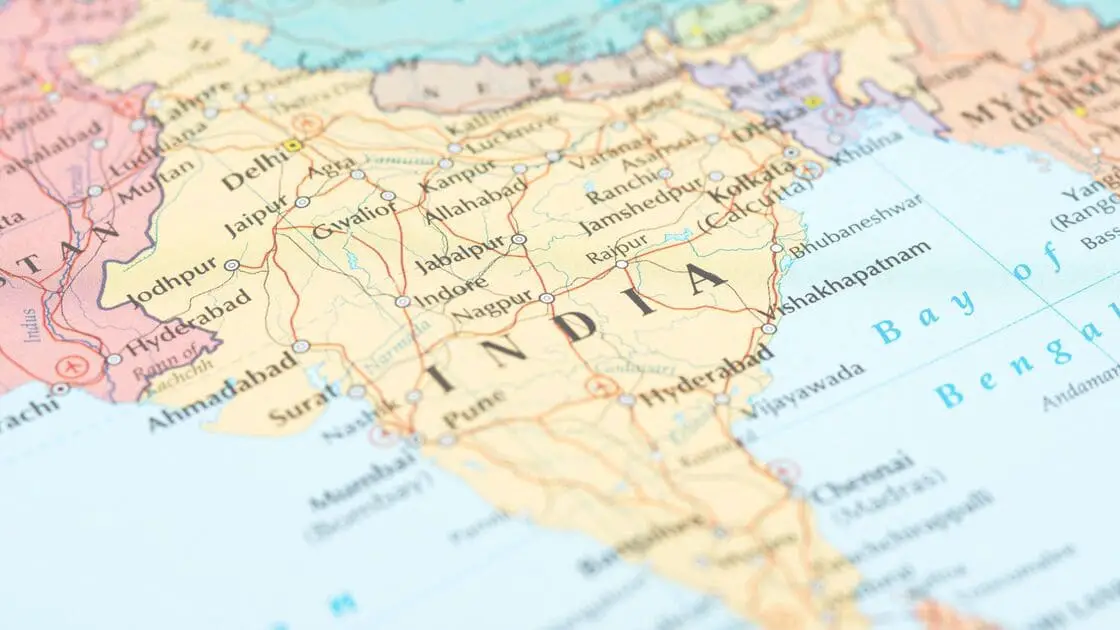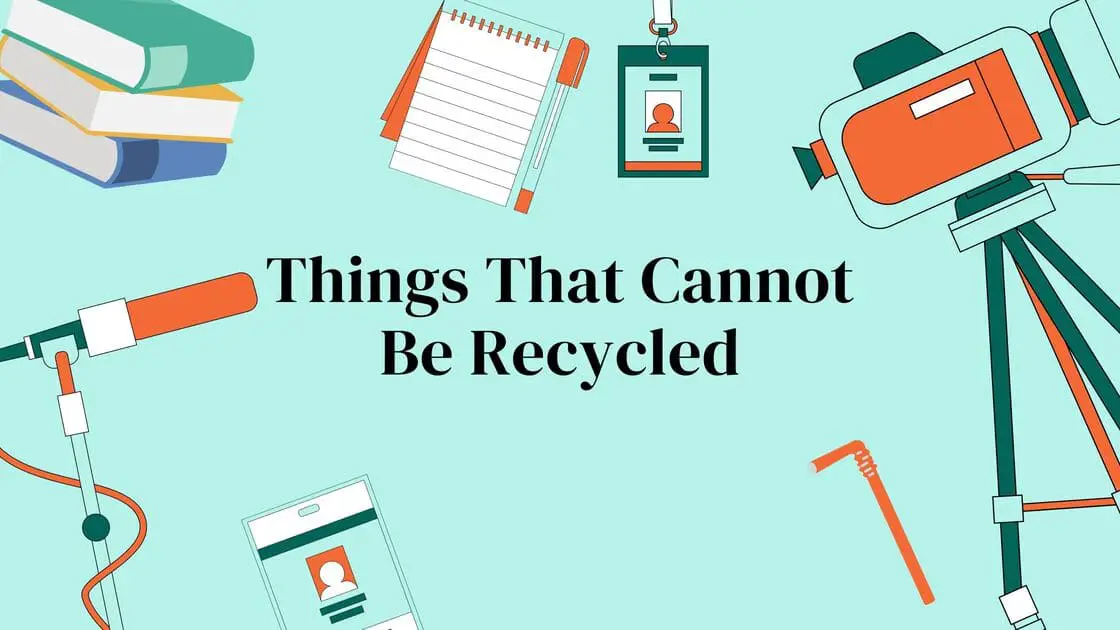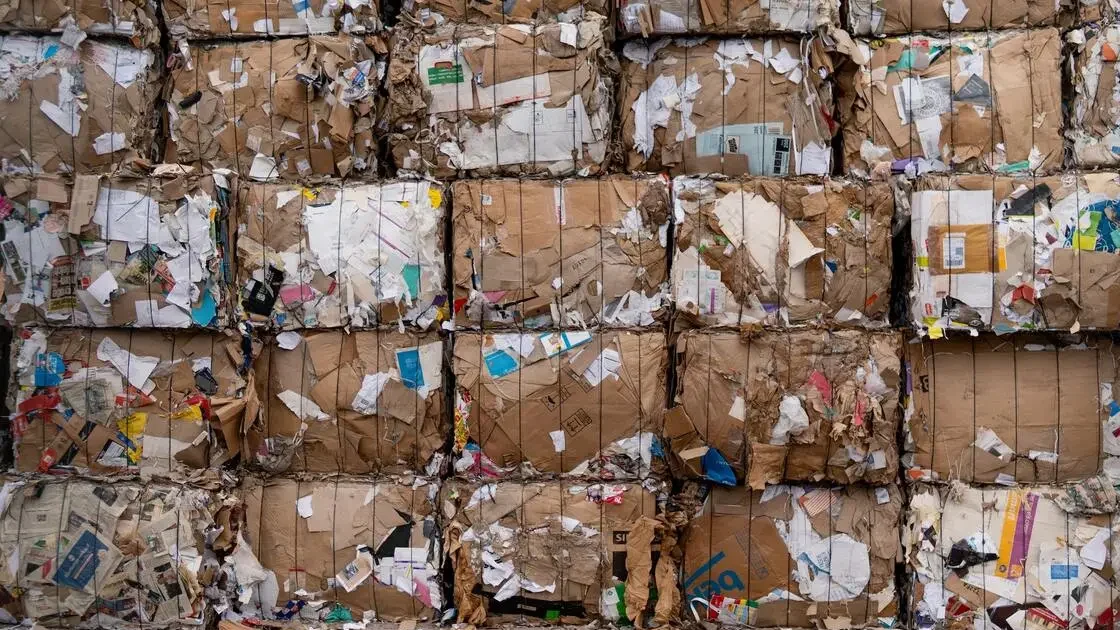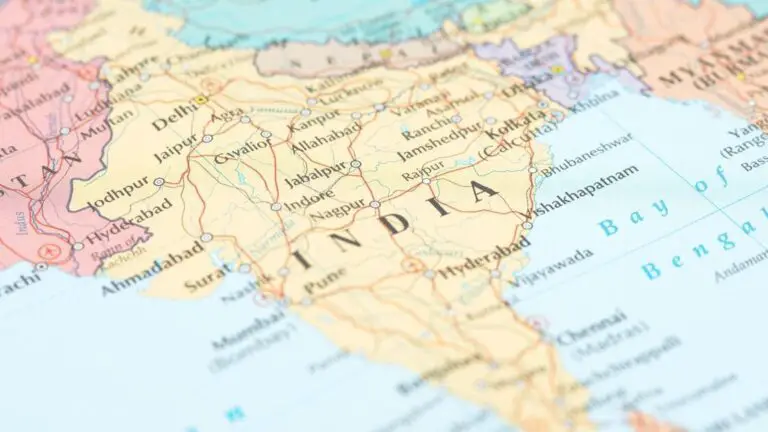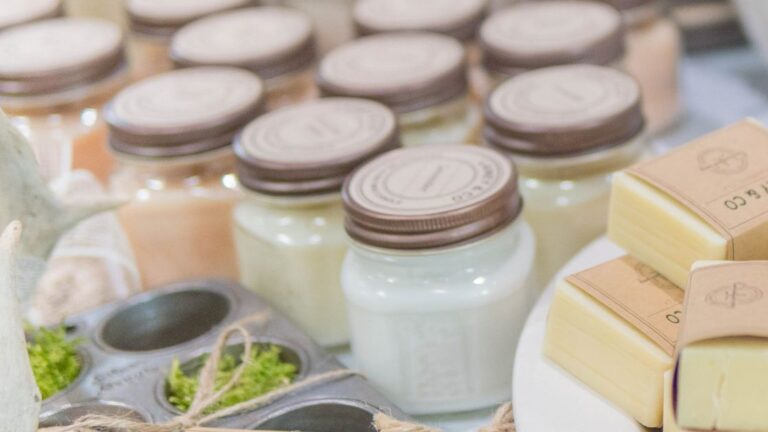Plastic has become a significant challenge for people who follow a sustainable lifestyle. Considering the adverse effects of plastic, many people have been replacing it or recycling it to decrease its impact on the environment.
However, there are still many plastics-related items that cannot be recycled. For example, when you buy a packet of chips, the wrapper is hard to recycle because of its oil marks. So, what can we do with such plastic items? A genius idea by the “Plastic Man of India” gave a solution to this question.
Table of Contents
ToggleWho is the Plastic Man of India?
Rajagopalan Vasudevan, an Indian scientist in the field of Chemistry, has been called the “Plastic Man of India” for his innovative way of using plastic to create sustainable and durable roads. For his unique invention, in 2018, he was awarded with the fourth highest civilian honor of India – Padma Shri. Born in Tamil Nadu, he works as a professor at Thiagarajar College of Engineering, Madurai.
Why Did He Get the Name-Plastic Man of India?
Even though plastic can be recycled, some types of plastic cannot be recycled. Moreover, recycling can take place only a few times, and this process can consume lots of energy and resources, too. On the other hand, we all know the adverse effects plastic can cause.
It can cause many harmful effects on the environment, including becoming a non-decomposable waste, releasing toxins when dumped on the earth, creating ocean pollution, and thus affecting the lives of marine animals. This raised lots of discussions and serious talks about banning plastic in the country.
In 2000, Professor Vasudevan wanted to experiment from his side to find a solution for the waste plastic. He, along with his team at the Center for Studies on Solid Waste Management (CSSWM), started doing various studies and experiments on waste plastic.
In 2002, they mixed plastic with heated bitumen and experimented. It succeeded, and they created a road in their college with a mixture of heated bitumen and plastic scrap. This road had become robust and successful. In 2006, the college received a patent for this technique. This journey to utilize scrap plastic in a new way and this unique invention gave him the name “Plastic Man of India.”
What is the Process for Making Plastic Roads?
Building roads using plastic is a complex process. However, it’s a really fascinating process. The initial step in the process of creating plastic roadways is shredding. In this stage, the received plastic components are broken up into tiny pieces.
Here, every last bit of dust is eliminated. The second step involves mixing all of the crushed pieces with hot gravel. To ensure that all of the plastic melts, this mixture is heated to 160°C. After that, it is poured onto the heated asphalt roads. Once it cools down, the roads are ready for usage.
The technique is easy because it requires no additional equipment or industrial participation. Not only that, but less bitumen means less use of its resources. Moreover, waste plastic can be used safely in this way. This process benefits the environment and a sustainable lifestyle and doesn’t release toxic gases like dioxin.
Which Type of Plastic Can be Used to Create Plastic Roads?
I’m sure you’re wondering what kind of plastic is used in the plastic roads. Road construction can make extensive use of a variety of waste materials. Among them are plastic containers for chips, cookies, chocolates, mugs, cups, and carry bags.
A circular on the use of plastic waste for building rural roads was also released by the Ministry of Rural Development. Materials that can be used to construct these roads include laminated plastic, carry bags, cups with a maximum thickness of 60 microns, hard and soft foams of any thickness, and packing materials coated with aluminum up to 60 microns thick. Nevertheless, flux sheets and polyvinyl chloride (PVC) are prohibited.
Are These Plastic Roads Safe?
Plastic roads are safe and budget-friendly ones. When the Central Pollution Control Board (CPCB) assessed the performance of plastic roads, it discovered that even after four years, the streets exhibited no common defects. There were no Potholes, edge faults, rodding, rut depth, or raveling.
Plastic-made highways improve the sustainability of the environment and are considered the best sustainable innovation. They have been shown to be more cost-effective and durable. Bitumen and plastic stick to each other well since they are both petroleum-based materials.
For this reason, they boost the roadways’ weight-bearing capability and longevity. Additionally, the plastic roadways show improved resistance to damage from rain.
Another Creation of R.Vasudevan- Plastone
Another invention resulted from Prof. R Vasudevan’s propensity for continuous experimentation. He made the decision to attempt making a stone block coated in plastic, and “plastone” was born in 2012.
Waste plastic and stone are combined to create a plastone block. It is proven to be more resistant to water percolation and to tolerate higher pressures. Plastone blocks have been created at the professor’s chemistry department using leftover granite, ceramic, and plastic trash.
About six PET bottles and 300 plastic carry bags are used for every plastone block. Plastone’s non-porous nature and capacity to stop penetration of water are two of its main benefits.
Plastone is suitable for flooring, particularly outdoors. It can be an affordable and reliable alternative in place of cement blocks, which tend to deteriorate under continuous rain. It can be a useful liner for canals and other bodies of water to stop water seepage.
Moreover, compound walls can be raised with it. It can be made colorful and appealing by applying an emulsion coat.
Conclusion
The unique and most useful innovations of Plastic Man of India raised a new evolution. Many national highways were constructed using this technique. His innovation gave a solution to many waste disposal problems.
People are already using alternatives to plastic, and his innovation is adding to this motivation to decrease the harmful effects of plastic as much as we can.
Image Source – thehindubusinessline and India Times


